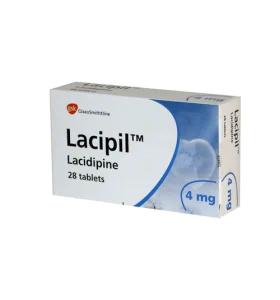


Lacidipine has emerged as a promising agent for early atherosclerosis treatment, offering vascular protection even in the absence of systemic risk factors like hypertension or hypercholesterolemia. Using a collar-induced rabbit model, lacidipine prevented intimal thickening and restored vascular functionality by improving nitric oxide-dependent endothelial relaxation. Unlike previous studies linking its anti-atherosclerotic effects to lipid metabolism, this research demonstrated that lacidipine’s protective properties occur without altering oxidant stress markers or MMP-9 expression. These findings indicate its mechanisms are centered on improving endothelial function and counteracting pathological remodeling at the vascular level. Lacidipine provides a novel approach to combating vascular disease, focusing on restoring vascular integrity rather than targeting lipid profiles or oxidative damage.
Yetik, G., Üstünes, L., Dilsiz, O.Y., & Ergul, A. (2010) 'Lacidipine has anti-atherosclerotic effects independent of its actions on lipid metabolism and blood pressure', Vascular Pharmacology.
Disclaimer: Information provided it this page is for general information only and does not substitute for professional medical advice.
For detailed information about Lacipil 4 by GlaxoSmithKline (GSK), consult with your doctor or healthcare professional.


Yetik, G., Üstünes, L., Dilsiz, O.Y., & Ergul, A. (2010) 'Lacidipine has anti-atherosclerotic effects independent of its actions on lipid metabolism and blood pressure', Vascular Pharmacology.

Yetik, G., Üstünes, L., Dilsiz, O.Y., & Ergul, A. (2010) 'Lacidipine has anti-atherosclerotic effects independent of its actions on lipid metabolism and blood pressure', Vascular Pharmacology.

Yetik, G., Üstünes, L., Dilsiz, O.Y., & Ergul, A. (2010) 'Lacidipine has anti-atherosclerotic effects independent of its actions on lipid metabolism and blood pressure', Vascular Pharmacology.